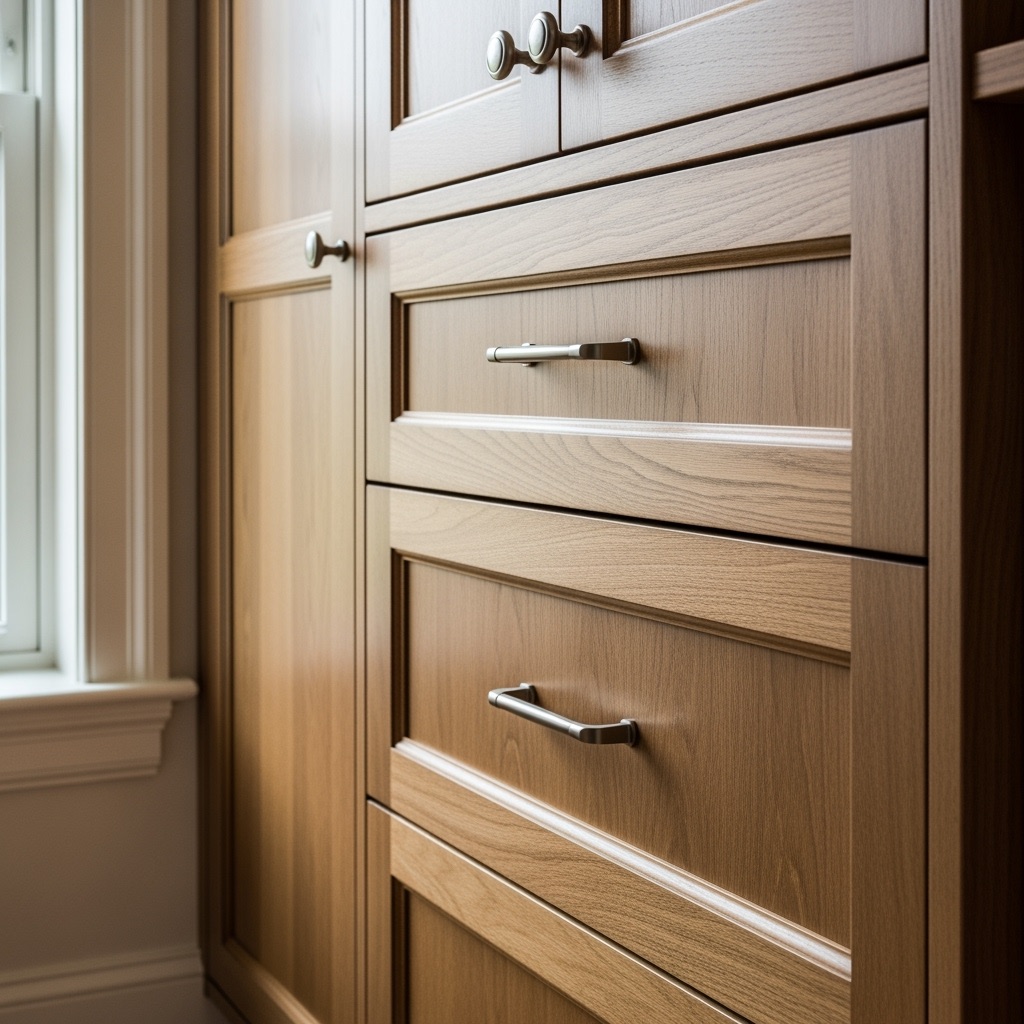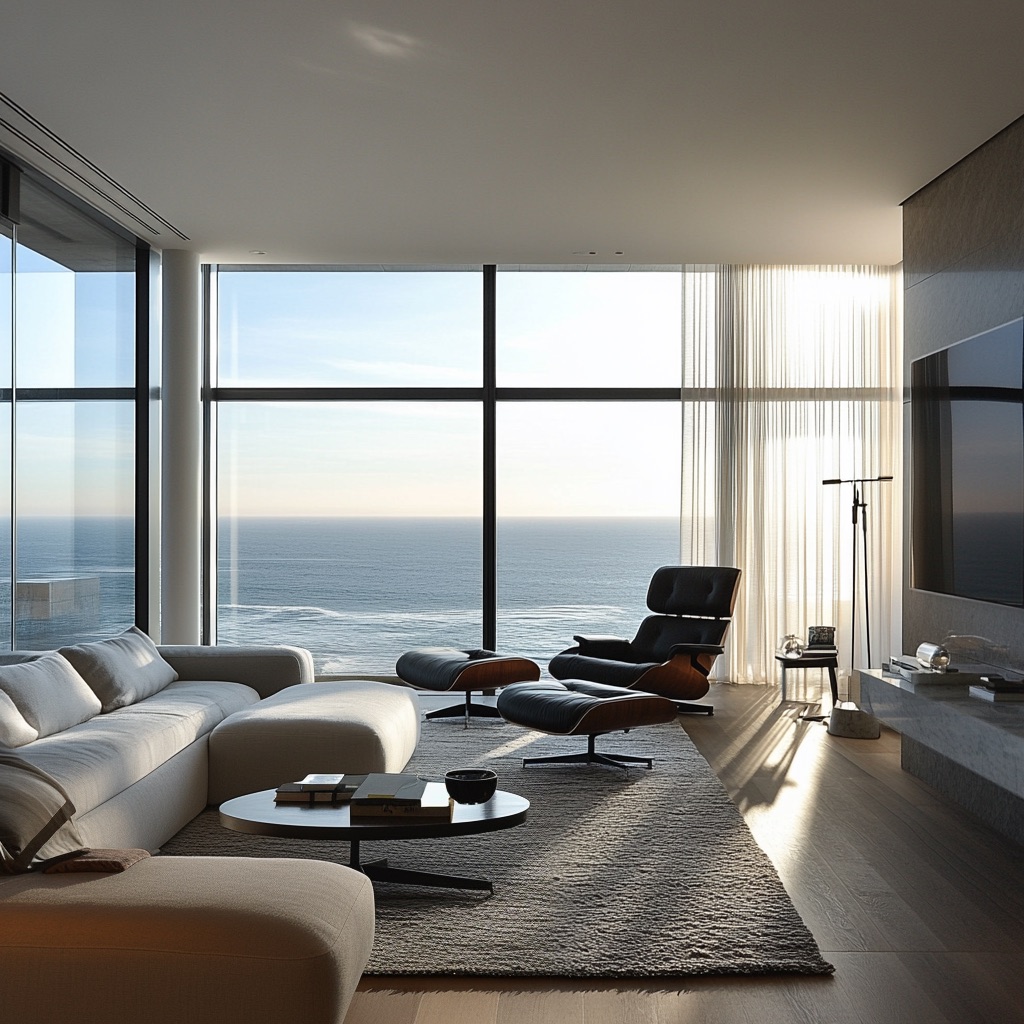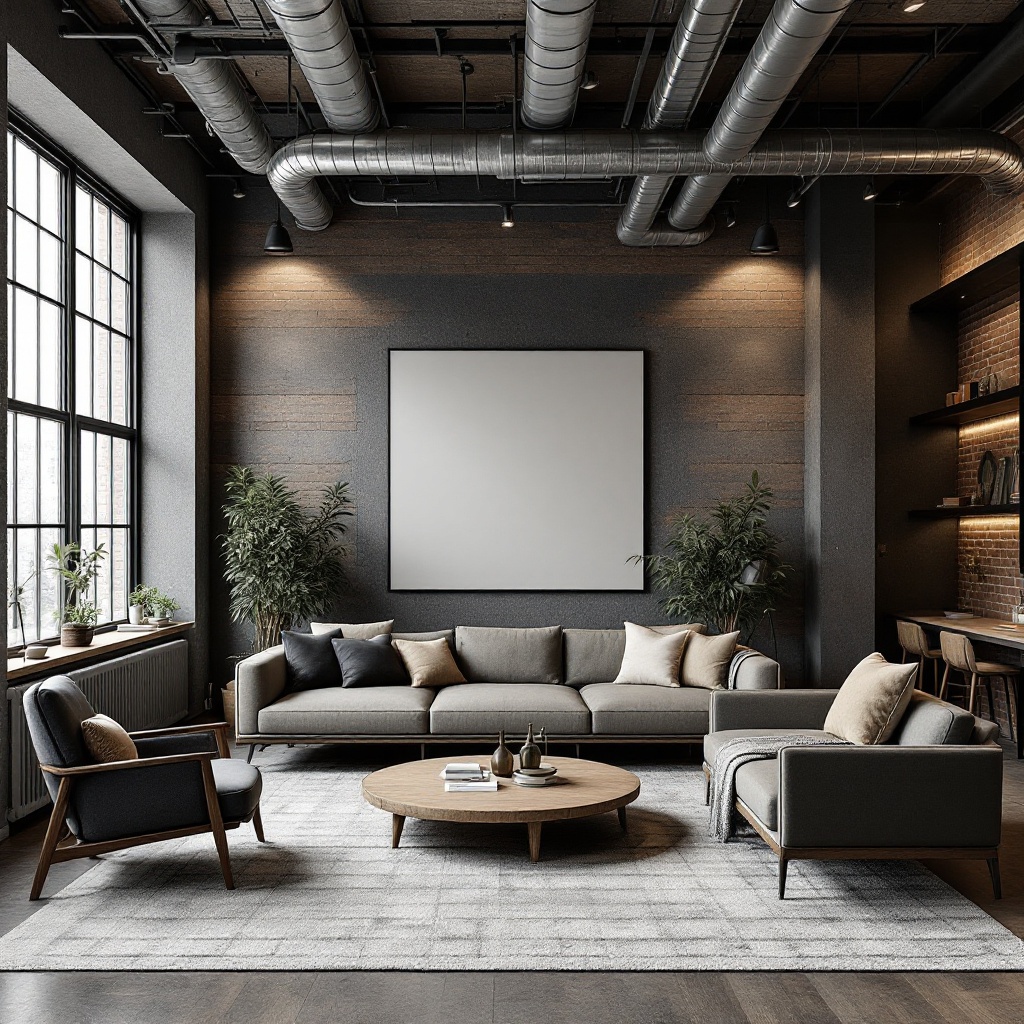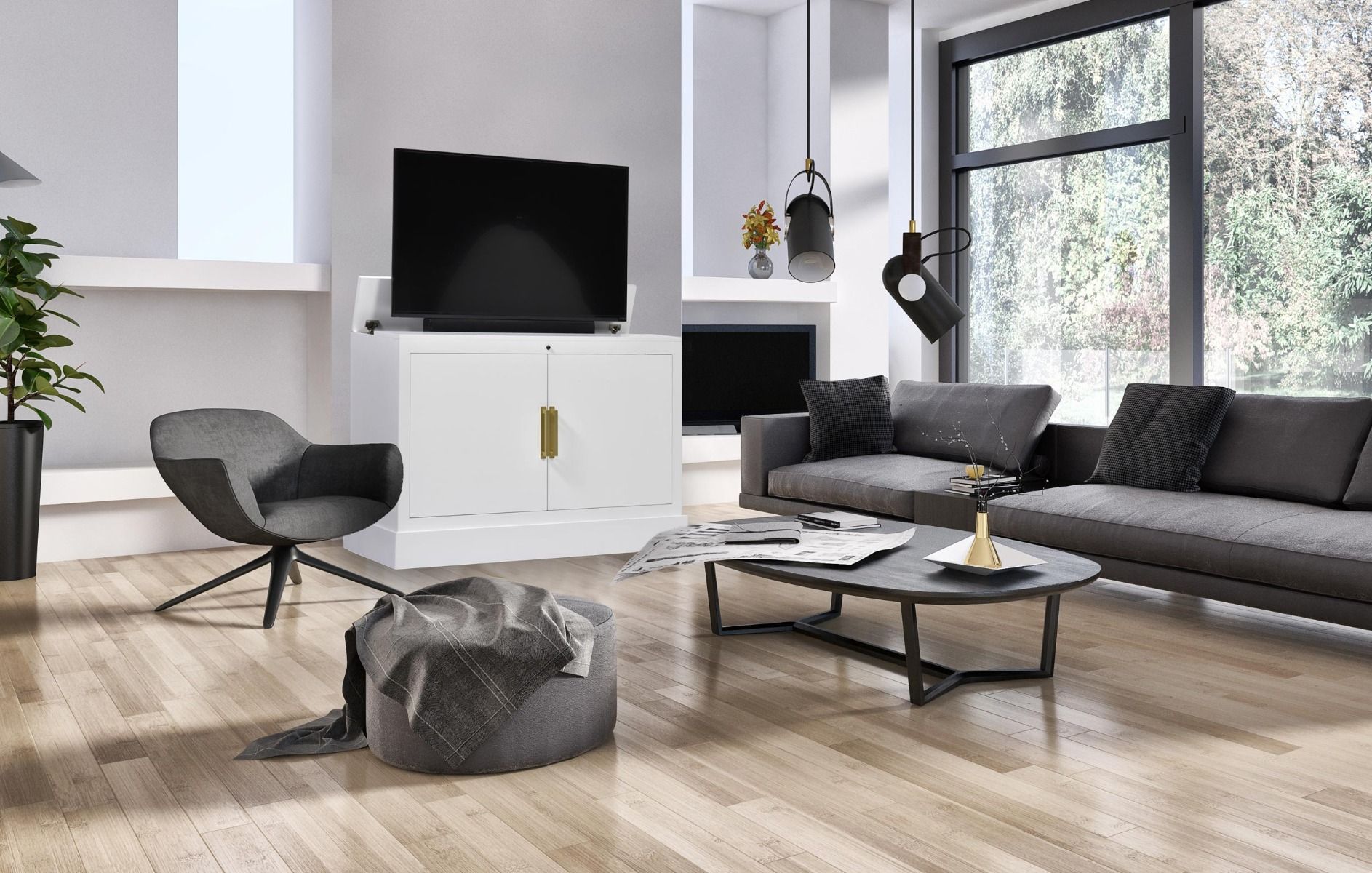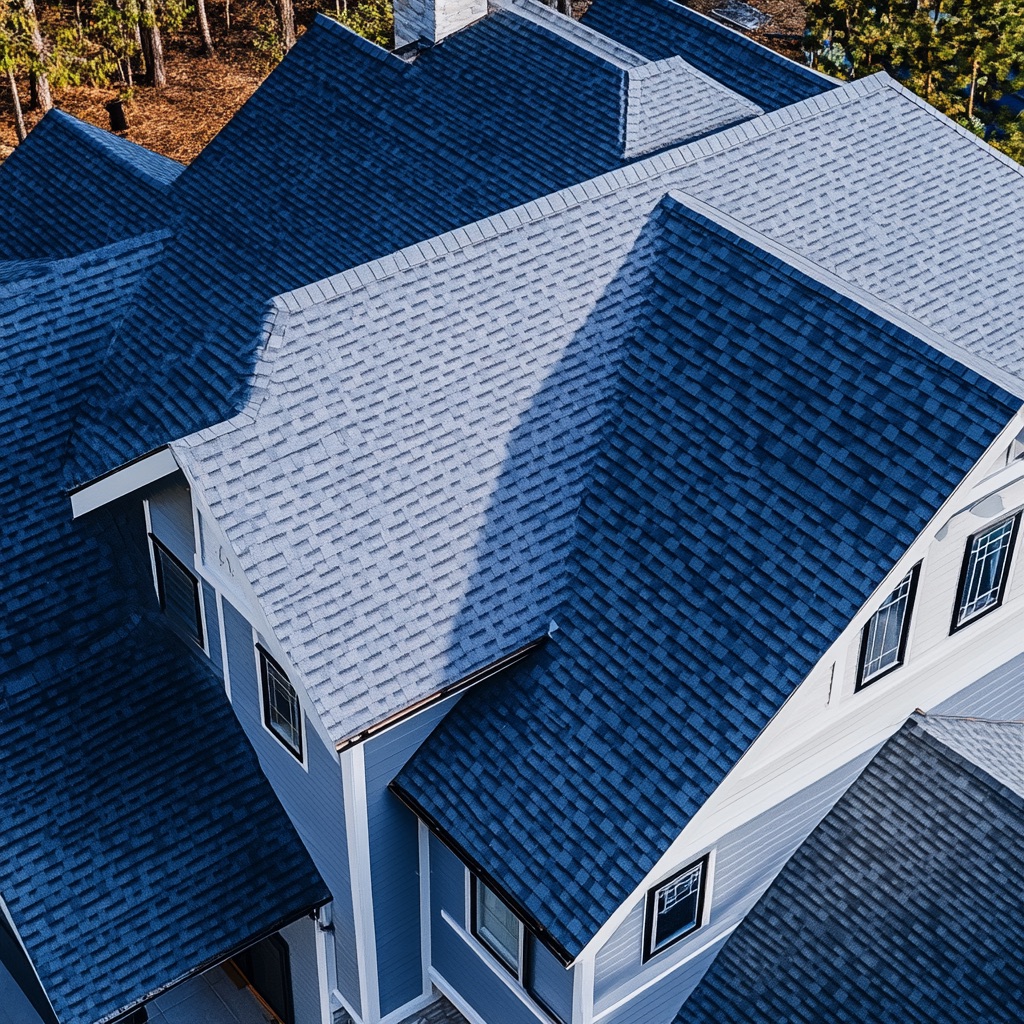Last updated on
Middle Eastern interior designs are among the most luxurious in the world. Find out how to infuse some ideas into your own home.
When it comes to interior design, Middle Eastern designs are often the epitome of style, refinement and luxury.
Implementing these designs doesn’t have to be hard, either. For the most part, you can get a feel for the Middle Eastern with décor alone, so long as it includes the geometric patterns, colours and themes that make the designs so special.
With this in mind, here are three Middle Eastern design ideas that will effortlessly instil that sense of luxury into your home:
Middle Eastern Patterns
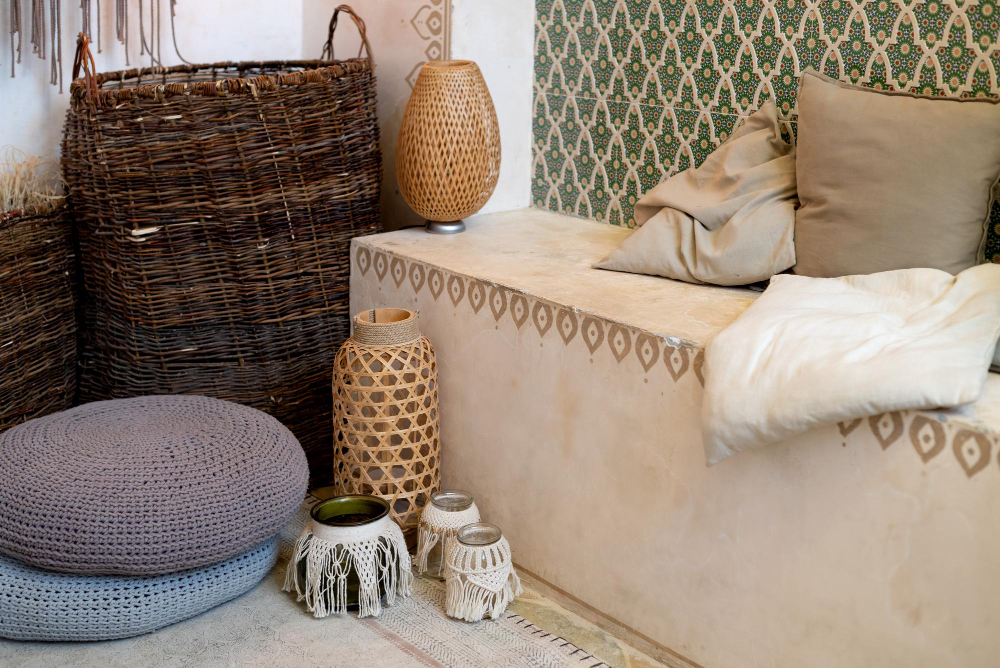
One of the most important aspects of Middle Eastern culture is the various patterns that you will find infused into every household.
For the most part, these patterns take the shape of elaborate, interlacing patterns that are formed of five shapes – the style can often be found in decorative Islamic woodwork and Persian architecture.
When it comes to including patterns in your own home, the best way to do it is through rugs and upholstery – Arabic wallpaper has been a bit of a design trend in the last couple of years, but this can end up feeling quite jarring and will need to be complimented by similar décor and warm lighting.
Luxurious Colors
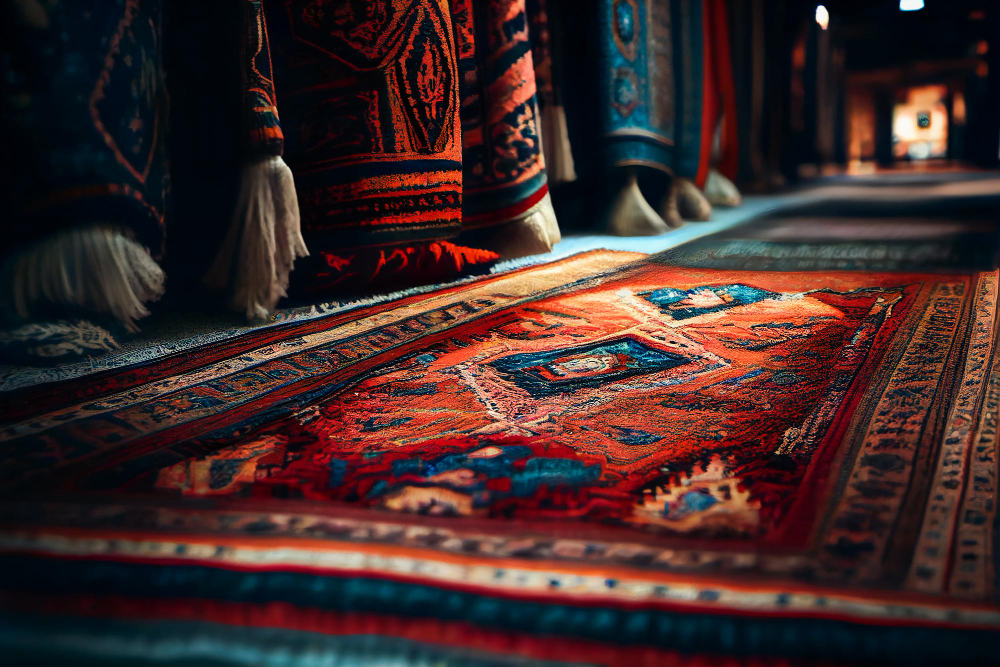
There are no specific “Middle Eastern” colors, but for those who want luxury, there are certain colors and tones that are often used in Middle Eastern designs. These include red, gold, green, brown and shades of blue.
In the lounge, silver and golden colors can be combined nicely with chiffon and velvet textiles, including heavy drapery, rich upholstery, rugs, cushions, throws or even a wall-mounted tapestry. Once again, the lighting plays a big part in making this work.
When it comes to the Arabian style, latticed metal lanterns are a common sight to add lighting that is decorative in nature, hanging low from the ceiling to create patterned pinpoints of light and shadow.
Practical Ornaments
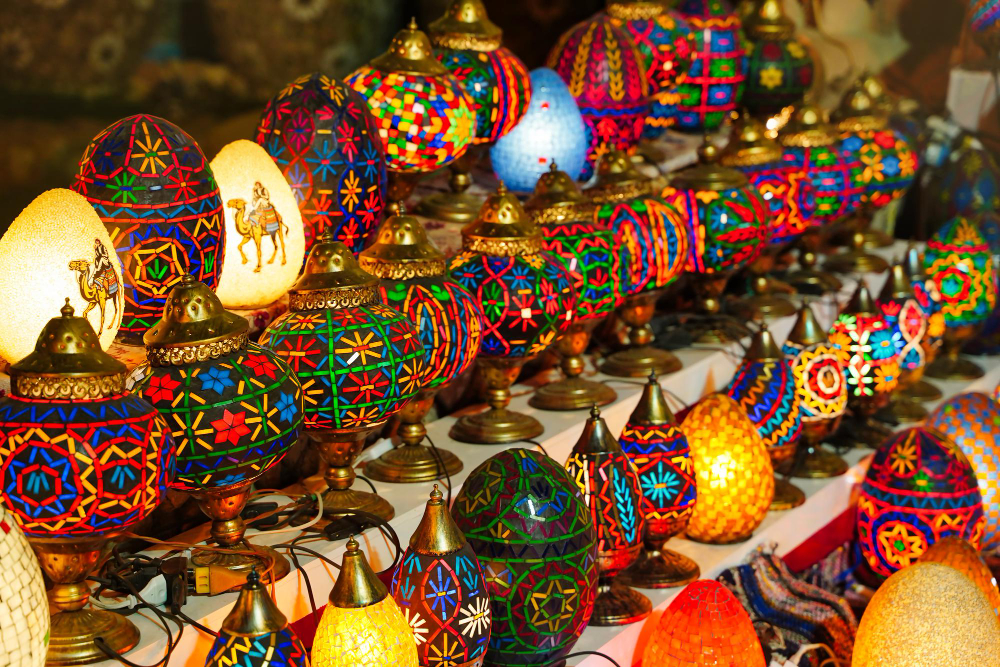
Another thing you will find in Middle Eastern interior design is that ornaments are rarely decorative. By that, we mean that most ornaments are practical appliances that have been made beautiful.
This is especially evident in the Judaica region, where most kitchen and dining rooms will include gorgeous ornaments such as a silver wine fountain, intricately designed jewelled cups and even a dedicated rosh hashana honey dish.
Once again, this is about infusing a sense of luxury. For the most part, it can be simpler and more cost-efficient to purchase standard utensils or dinner sets, but the Middle Eastern design asks you to go further, to combine practicality and luxury in order to make the most out of your home.
It’s important to note, however, that if you are going this far, the entire home must be looked at and updated to compliment the designs you are choosing. When infusing foreign themes, it can be easy to contradict what you already have and create a home that is incoherent and confused as a result. Make sure the full picture is considered and the end result is far more likely to work.
Recap
